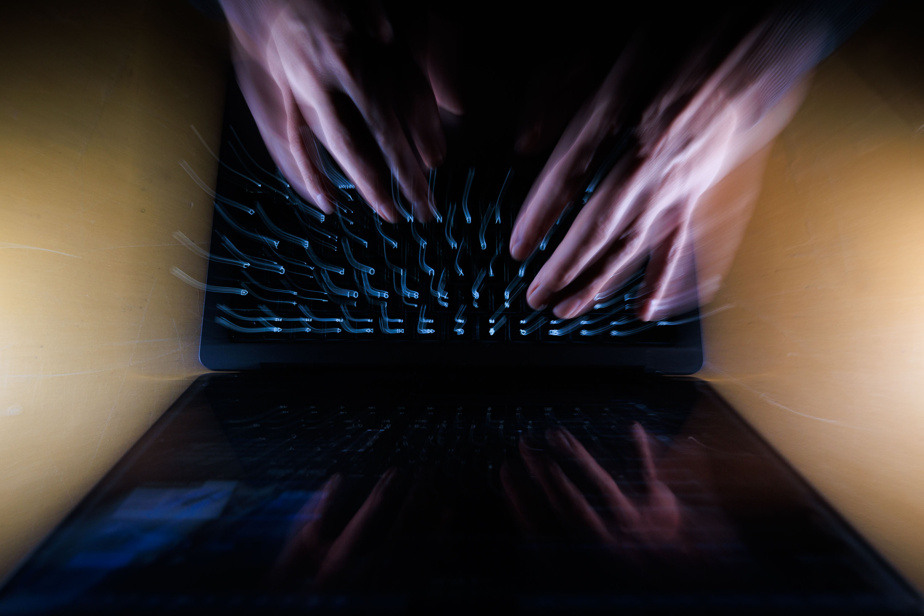(Washington) The Wells Fargo bank recently fired around ten employees in the United States for “simulating computer keyboard activity”. Illustration of the desire of American companies obsessed with productivity to track down supposedly lazy people in the era of teleworking.
Some firms are now hunting down techniques aimed at faking work and using sophisticated “tattleware” instruments to do so – a contraction of “tattle” and “software”.
These tools, whose demand has exploded since the pandemic, are installed on company computers and track employee productivity, by monitoring their computer desk, keyboard activity or even GPS location. .
A Florida-based marketing company installed software on its computers that took screenshots every 10 minutes, according to the magazine Harvard Business Review.
But some employees seek to circumvent these whistleblowing devices by using other tools, such as simulating mouse movement and thus preventing the computer from going to sleep. The goal: to appear active in the eyes of the hierarchy while engaging in activities often unrelated to work.
Tips
“Tutorials” on TikTok or YouTube teach how to appear artificially active, for example through fake PowerPoint presentations for “when you need to take a nap”.
“Just click on “Slideshow” and you’re good to go,” says Sho Dewan, an influencer who presents himself as a “former recruiter sharing HR secrets”, in a TikTok video viewed several million times.
Another tip frequently given in these tutorials: open a word processor and place a lock on any key on the keyboard. The employee appears active to the monitoring tools while the sheet fills with the same character row after row.
But the most popular tool remains the mouse-moving gadget, available for purchase for around ten dollars.
“Press the button when you get up from your desk and the cursor will move randomly around the screen – for hours if necessary! », enthuses a user in an evaluation of the product on Amazon.
The risk of getting caught, however, remains major.
In a post on the social network Reddit, an employee says he was fired when his manager discovered he was using a mouse movement simulator.
Noting that he used software for this simulator, some netizens suggested in the comments to use a “non-detectable” hardware gadget.
“Staging”
According to human resources professionals, this game of cat and mouse has caused the emergence of a “staged productivity”, where the employee sometimes theatrically pretends his activity.
With the COVID-19 pandemic and consequently the development of teleworking, is measuring time spent in front of a screen and the number of mouse “clicks” really an effective instrument for gauging productivity?
In a survey cited by the Harvard Business Reviewcompanies point out that secretly monitoring employees can “backfire harshly” against employers.
“We found that monitored employees were much more likely to take unapproved breaks, damage office property, steal equipment, and deliberately work at a slow pace” than those who were not monitored, says review.
For AJ Mizes, boss of a career advice company, the use of activity simulators demonstrates the existence of a “work culture focused more on performance indicators than on constructive productivity and human relationships “.
“Rather than stimulating innovation and trust, this approach to surveillance will only push employees to find new ways to appear busy,” assures AFP this manager, who criticizes a “worrying trend of excessive surveillance “.
